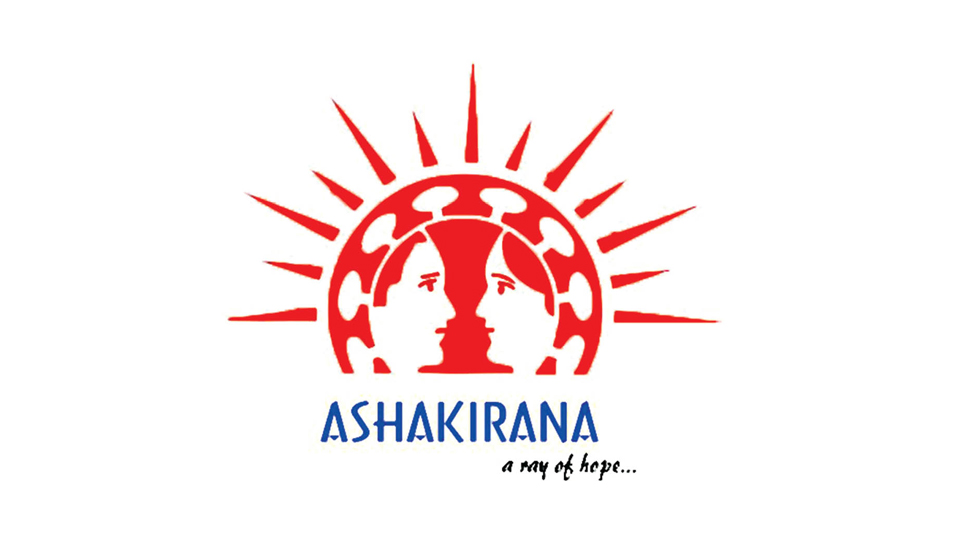By Dr. S.N. Mothi, Chairman and Founder Trustee, Asha Kirana Charitable Trust Hospital & Research Centre, Mysuru
Today (December 1) is World AIDS Day and it is a globally commemorated healthcare event observed every year since 1988. On this day, various awareness campaigns and activities that promote the disease awareness are conducted by several organisations across the world, unite to show solidarity for people living with HIV (Human Immunodeficiency Virus), reminisced those who have died from an AIDS-related disease and rally against the spread of virus.
The need for AIDS awareness day is essential as HIV infection is currently treatable with near normal life expectancy, provided they promptly adhere to the treatment regimen.
As of 2021, 38.4 million people live with HIV and 1.7 million of these are children. Only 52 percent of children living with HIV are on life-saving treatment. Globally, 70 percent of new HIV infections are among people who are marginalised and often criminalised. Inequalities still persist for most of the basic services like testing and treatment.
Four decades into the HIV response, inequalities still persist for the most basic services like testing, treatment and condoms, and even more so for new technologies. Data from UNAIDS (Joint United Nations Programme on HIV/AIDS) reveals that during the last two years of COVID-19 and other global crises, progress against the HIV pandemic has faltered, resources have shrunk and millions of lives are at risk as a result.
The “Equalise” slogan is a call to action. It is a prompt for all of us to work for the proven practical actions needed to address inequalities and help end AIDS. These include:
Increase availability, quality and suitability of services, for HIV treatment, testing and prevention, so that everyone is well-served.
Reform laws, policies and practices to tackle the stigma and exclusion faced by people living with HIV.
Ensure the sharing of technology to enable equal access to the best HIV science.
Communities will be able to make use of and adapt the “Equalise” message to highlight the particular inequalities they face and to press for the actions needed to address them.
Only a third of people in key populations including gay men and other men who have sex with men, transgender people, people who use drugs, sex workers and prisoners have regular prevention access.
We have only eight years left before the 2030 goal of ending AIDS as a global health threat. Economic, social, cultural and legal inequalities must be addressed as a matter of urgency. In a pandemic, inequalities exacerbate the dangers for everyone. Indeed, the end of AIDS can only be achieved if we tackle the inequalities which drive it.
When should HIV positive patient start treatment?
Start treatment as soon as possible after diagnosis. HIV medicine is recommended for all people who are diagnosed with HIV, regardless of how long they’ve had the virus or how healthy they are. Talk to your health care provider about any medical conditions you may have or any other medicines you are taking.
AIDS in India
At the national level, estimated adult HIV prevalence (15-49 years) has declined since the epidemic’s peak in 2000 where prevalence was estimated at 0.55% in 2000, through to 0.32% in 2010, and 0.21% in 2021.
It is of utmost concern that in the recent years, HIV infection in adolescent girls is emerging as the new high risk group in this epidemic. The national efforts are in the ‘last mile’ towards the AIDS ‘End-Game’.
As the HIV estimates have shown that the epidemic is not evenly spread between States/ UTs, more granular population and location planning and programming is needed to guide actions.
We can all help to end the HIV stigma through our words and actions in our everyday lives. Lead others with your supportive behaviours. But be mindful of how you talk about HIV and people living with HIV.
“We can end AIDS if we end the inequalities which perpetuate it. This World AIDS Day we need everyone to get involved in sharing the message that we will all benefit when we tackle inequalities,” says UNAIDS Executive Director Winnie Byanyima.
“To keep everyone safe, to protect everyone’s health, we need to Equalise.”

25 years of service since 1997
- Cumulative number of patients treated till date : 10,300 (850 kids)
- Number of patients registered in Antiviral Therapy (ART) programme : 3,026
- PPTCT (Prevention of Parent to Child Transmission) project Supported by EGPAF & NACO: Number of districts covered : 13; Number of hospitals reached : 27; Number of children born HIV free : 365
- Free Antiviral Therapy (ART) was rolled out by National AIDS Control Organisation (NACO) in the year 2007.
Asha Kirana started first ever ART roll out for children in the year 2002 supported by philanthropic contributions. “A few months later, a mother recovering from stroke walked in with her 6 year old son…started on ART…2 decades on treatment. The child grew up into a mature independent adult, facing all life challenges, lost his mother at the age of 14 years, he is now 26 years, married to a positive girl, and both are now expecting a kid. Life has completed a full cycle.”








Recent Comments